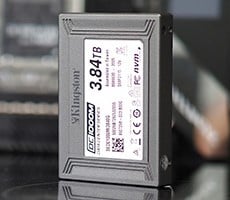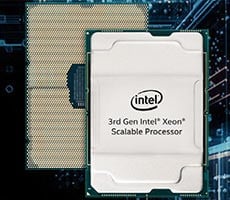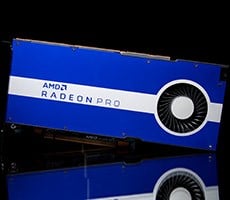Windows 8 Power Struggle: Metro vs Desktop
The programs listed above cover the vast majority of what computers are used for on a day-to-day basis, and the only programmed called out by name is Internet Explorer. Everything else is listed by task, not application name. This is Microsoft's new approach to computing and their formula for reinventing Windows. When it comes to consuming content, Metro is beautiful.
The Music and Video apps presents a seamless method of viewing TV shows, movies, and albums, with gorgeous screenshots and easily accessed controls.
Unfortunately, things rapidly fall apart when you install multiple programs or need to produce content of your own. Here's the Start Menu after we've installed a few test programs.
The layout that works extremely well when working with a small number of tasks but falls apart completely when dealing with large numbers of programs and icons. There's only a handful of test software installed on the system shown above. What you're seeing is the translation of options normally embedded within sub-folders in the Start Menu when they're instead flattened and displayed in a single tree. It's a wretched excuse for icon layout, and zooming out doesn't exactly help.
The more you need to edit content, the less time it takes for Metro to become useless. That's fine -- Microsoft left Desktop mode in for precisely this reason -- but forcing users to adopt the Smart Screen fractures the idea of shared OS functionality. In Desktop mode, the mouse is a sophisticated tool used for selecting options and moving content. In Metro, the mouse is your finger. There's no more double-clicking, while sub-menu functionality varies considerably from program to program.
This thing still needs work...










